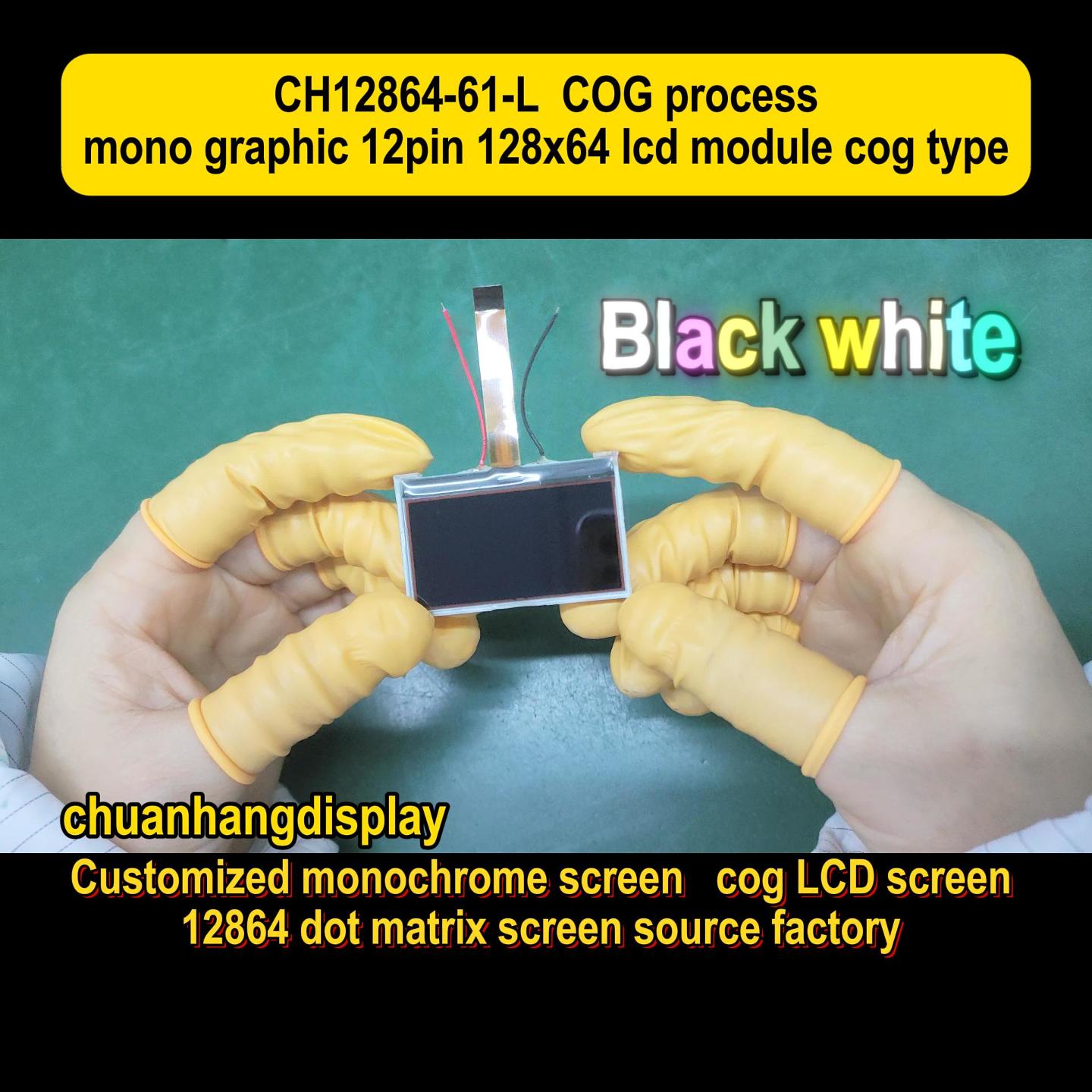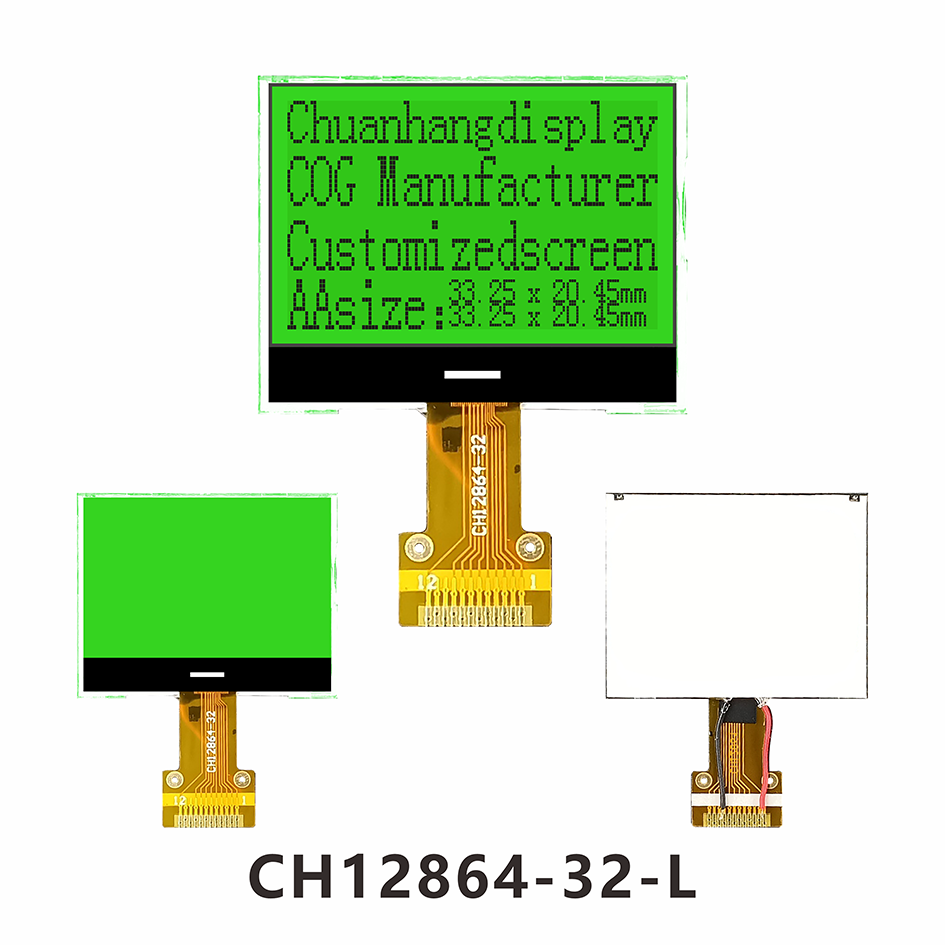In the world of electronic displays, character LCDs have stood the test of time as reliable, cost-effective solutions for a wide range of applications. From industrial machinery to consumer electronics, these displays provide clear, alphanumeric information in a simple format. This article delves into the specifics of character LCD technology, covering common variants like the LCD 16x4 display, the fundamentals of LCD character display systems, the versatility of Character LCD modules, and the possibilities of Character LCD custom design. By understanding these elements, you can make informed decisions for your projects, ensuring optimal performance and user experience. Whether you're an engineer, hobbyist, or product designer, this overview will equip you with essential knowledge about character LCDs, highlighting their enduring relevance in today's tech-driven landscape.

A character LCD, short for character liquid crystal display, is a type of display that specializes in showing alphanumeric characters, symbols, and basic icons. Unlike graphical displays that render pixels for images, a character LCD uses a fixed set of characters stored in its controller, making it ideal for applications where text-based information is paramount. These displays typically consist of a grid of cells, each capable of displaying one character, and are known for their low power consumption, ease of integration, and readability in various lighting conditions. The character LCD has been a staple in electronics for decades, found in devices like calculators, digital clocks, and embedded systems. Its simplicity stems from the use of a standard character set, such as ASCII, which allows for straightforward programming and control. When discussing character LCD technology, it's important to distinguish it from other types; for instance, an LCD character display focuses solely on text, whereas graphic LCDs handle images. This specialization makes character LCDs highly efficient for tasks requiring clear, concise data presentation without the overhead of complex graphics processing. As we explore further, we'll see how specific configurations, such as the LCD 16x4 variant, enhance this functionality for diverse use cases.
The LCD 16x4 display is a popular configuration in the character LCD family, offering a balanced layout of 16 characters per line across 4 lines. This makes it suitable for applications requiring moderate amounts of text, such as menu systems, status indicators, or data loggers. One key advantage of the LCD 16x4 character LCD is its compact yet informative design; it provides enough space to display multi-line messages without occupying excessive physical area. For example, in industrial control panels, an LCD 16x4 can show real-time parameters like temperature, pressure, and error codes, allowing operators to monitor processes efficiently. Additionally, these displays often feature backlighting options, such as LED or EL, which improve visibility in low-light environments. From a technical perspective, interfacing with an LCD 16x4 is straightforward, typically using parallel or I2C protocols, which reduces development time and costs. Compared to smaller displays like 16x2, the LCD 16x4 offers greater flexibility for complex interfaces, making it a go-to choice for projects that need to present more data at a glance. As part of a broader Character LCD module, the 16x4 format exemplifies how character-based displays can be tailored to meet specific needs, bridging the gap between simplicity and functionality.
LCD character display technology revolves around the use of liquid crystals to form characters through controlled light modulation. At its core, a character LCD comprises a layer of liquid crystals sandwiched between electrodes and polarizers, with a controller chip that manages character generation. When voltage is applied, the crystals align to block or allow light, creating visible characters on the screen. This technology is highly energy-efficient, often consuming minimal power compared to OLED or TFT displays, which is why character LCDs are favored in battery-operated devices. The typical LCD character display includes a predefined character set, usually 5x8 or 5x10 pixels per character, ensuring legibility and consistency. Over the years, advancements have introduced features like adjustable contrast, wide temperature ranges, and enhanced durability, making character LCDs suitable for harsh environments. For instance, in automotive dashboards or medical equipment, the reliability of an LCD character display ensures critical information is always accessible. Moreover, the integration of these displays into Character LCD modules simplifies the design process, as modules often come with built-in controllers and interfaces. By grasping the underlying technology, users can better appreciate the robustness of character LCDs and their role in modern electronics, where they continue to provide a straightforward solution for text-based output.
Character LCD modules are self-contained units that combine a character LCD with necessary drivers, controllers, and sometimes backlighting, offering a plug-and-play solution for various applications. These modules are widely used in industries where quick deployment and reliability are crucial. For example, in home appliances like microwaves or washing machines, a Character LCD module displays settings and timers, enhancing user interaction. Similarly, in the telecommunications sector, network equipment often employs these modules for status monitoring and diagnostics. The versatility of Character LCD modules extends to retail systems, such as point-of-sale terminals, where they show transaction details in a clear, readable format. One significant benefit is their standardization; many modules adhere to common form factors and pinouts, allowing for easy replacement and upgrades. This interoperability is particularly valuable in prototyping and mass production, as it reduces time-to-market. Furthermore, Character LCD modules can be customized through Character LCD custom design to meet specific requirements, such as unique sizes, colors, or interfaces. In automotive applications, for instance, custom modules might include anti-glare coatings or extended temperature tolerances. By leveraging Character LCD modules, developers can focus on core functionality without worrying about display intricacies, making them an integral part of electronic systems that demand dependable text output.

Character LCD custom design opens up a world of possibilities for tailoring displays to exact project needs. This process involves modifying standard character LCDs in terms of size, shape, interface, and features to align with specific applications. For instance, a company might opt for a custom character LCD with a non-standard grid, such as 20x4 or 8x2, to fit unique enclosure designs or display requirements. Additionally, custom designs can include specialized backlighting—like RGB LEDs for color-coded alerts—or enhanced durability features such as strengthened glass for outdoor use. The journey of Character LCD custom design typically starts with defining parameters like viewing angles, operating temperature, and power consumption, followed by collaboration with manufacturers to prototype and test the display. In medical devices, for example, a custom character LCD might incorporate high-contrast ratios and antimicrobial coatings to ensure clarity and hygiene. Similarly, in aerospace, custom designs could focus on lightweight materials and resistance to vibrations. The flexibility of Character LCD custom design also extends to software integration, allowing for bespoke character sets or language support. This level of customization not only improves product differentiation but also enhances user experience by addressing niche demands. As technology evolves, the trend toward personalized solutions highlights the enduring value of character LCDs in innovative applications, proving that even classic displays can adapt to modern challenges.
Character LCDs remain a vital component in the electronics ecosystem, offering a blend of simplicity, reliability, and adaptability. From the practical LCD 16x4 displays to the versatile Character LCD modules and the tailored approaches of Character LCD custom design, these displays continue to serve diverse industries effectively. Their low power usage, ease of integration, and clear text presentation make them indispensable in an era where efficient data communication is key. As we've explored, understanding the nuances of LCD character display technology can empower designers and engineers to leverage these tools for optimal outcomes. Whether you're working on a basic project or a complex system, character LCDs provide a solid foundation that balances performance with cost-efficiency. Looking ahead, ongoing innovations in materials and interfaces may further expand their capabilities, ensuring that character LCDs stay relevant in the ever-evolving world of technology.
Q1: What is the main difference between a character LCD and a graphic LCD?
A1: A character LCD is designed to display predefined alphanumeric characters and symbols using a fixed character set, making it ideal for text-based applications like menus or readouts. In contrast, a graphic LCD uses a pixel matrix to render images, graphics, and custom shapes, offering more flexibility but requiring more complex control and higher power consumption. Character LCDs are generally simpler to program and more cost-effective for pure text display.
Q2: How do I interface with an LCD 16x4 display in my project?
A2: Interfacing with an LCD 16x4 display typically involves using a microcontroller like Arduino or Raspberry Pi, connected via parallel, I2C, or SPI interfaces. For parallel interfacing, you'll need to connect data pins and control signals, while I2C and SPI options often use adapter modules to simplify wiring. Libraries and example code are widely available to help with initialization and sending commands, making it accessible even for beginners in electronics.
Q3: Can a Character LCD module be used in outdoor environments?
A3: Yes, many Character LCD modules are designed for outdoor use with features like wide temperature ranges (-20°C to 70°C or higher), anti-glare coatings, and waterproof seals. However, for harsh conditions, it's advisable to opt for a Character LCD custom design that includes enhanced durability elements, such as UV-resistant materials or higher brightness backlights for sunlight readability.
Q4: What are the power requirements for a typical LCD character display?
A4: Most LCD character displays operate on low voltage, commonly 3.3V or 5V DC, with current consumption ranging from 1mA to 50mA depending on the backlight and size. For instance, a standard 16x2 character LCD without backlight might draw under 1mA, while one with LED backlight could require up to 200mA. Always check the datasheet for specific power specs to ensure compatibility with your system.
Q5: How long does a character LCD typically last, and what affects its lifespan?
A5: A character LCD can last over 50,000 hours of continuous use, influenced by factors like operating temperature, backlight type, and environmental conditions. LED backlights generally have longer lifespans than CCFL ones. Excessive heat, moisture, or voltage spikes can reduce longevity, so proper design considerations, such as using within specified ratings and incorporating protective circuits, are key to maximizing durability.